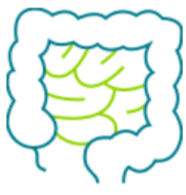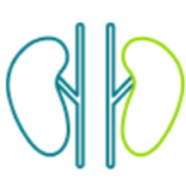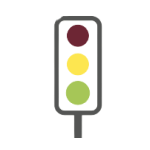What are POMC deficiency, PCSK1 deficiency and LEPR deficiency?
These are rare genetic diseases. POMC is short for pro-opiomelanocortin, PCSK1 is short for proprotein convertase subtilisin/kexin type 1, and LEPR is short for leptin receptor.
Each of those complex names refers to a gene that has been changed. In people with obesity due to POMC, PCSK1 or LEPR deficiency, these genetic changes affect how the brain controls feelings of hunger, which can lead to weight gain. Each changed gene can also result in a wide range of symptoms.

What are the symptoms?
-
Brain
Intense, hard-to-control hunger (hyperphagia) and resulting obesity
-
Endocrine
Low levels of the hormone that manages blood sugar and metabolism (adrenal insufficiency)
Other symptoms may include:
Endocrine:
Low thyroid levels (hypothyroidism), adolescent-onset growth hormone deficiency, low blood sugar (hypoglycemia)
Reproductive:
Delayed puberty caused by hormonal imbalances (hypogonadotropic hypogonadism)
Immune:
Red hair and light skin pigmentation
Hepatic:
Liver failure
-
Brain
Intense, hard-to-control hunger (hyperphagia) and resulting obesity
-
Digestive
Upset stomach, including diarrhea within the first weeks of life
-
Kidneys
- Buildup of acid in the body
- Excessive thirst
-
Endocrine
- Diabetes
- High insulin levels in the blood
- Low blood sugar (hypoglycemia)
Other symptoms may include:
Endocrine:
Low thyroid levels (hypothyroidism), decreased cortisol production
Other:
Failure to thrive in infancy
-
Brain
Intense, hard-to-control hunger (hyperphagia) and resulting obesity
-
Endocrine
High insulin levels in the blood
-
Reproductive
Delayed puberty caused by hormonal imbalances (hypogonadotropic hypogonadism)
Other symptoms may include:
Endocrine:
Diabetes
How does my brain control hunger?
People living with POMC, PCSK1 or LEPR deficiency may experience intense, hard-to-control hunger. This feeling is not their fault. Changes in certain genes can stop a key area of the brain that controls hunger from working properly.

-
In this neighbourhood, there are roads that allow trucks to travel to and from the brain. One road is called the melanocortin-4 receptor, or MC4R pathway.
-
The trucks on this road deliver messages between the body and the brain. These messages control hunger.
-
On this road, there is a traffic light, or a set of normal genes, that helps guide the trucks to deliver their messages.
What causes hunger and obesity in POMC deficiency, PCSK1 deficiency and LEPR deficiency?
In people living with these conditions, the signals that turn hunger “off” don’t work correctly in the brain.

When the genes are normal, without a variant (or change), the traffic light works correctly. The road (MC4R pathway) is open, and the trucks can deliver messages to the brain that the body is satisfied and doesn’t need more food.
How does IMCIVREE work?
IMCIVREE is designed to re-establish function to the “road” (MC4R pathway) so trucks can deliver messages to the brain that the body is satisfied.
In people living with POMC deficiency, PCSK1 deficiency or LEPR deficiency, the traffic light is broken due to the change in the affected gene.

When the POMC, PCSK1 or LEPR gene has a variant (or change), the traffic light is broken, which causes a traffic jam. The trucks can no longer travel along the road (MC4R pathway) to properly deliver messages to the brain that the body is satisfied and doesn’t need more food. Instead, the body believes that it’s still hungry.

Think of IMCIVREE as a traffic officer. When the traffic light is broken, the traffic officer directs trucks on the road (MC4R pathway), allowing them to deliver messages to the brain that the body is satisfied and doesn’t need more food.
This is how IMCIVREE works to help the pathway work properly.
What are the potential side effects of IMCIVREE?
Side effects from using IMCIVREE include:
- Injection site reactions
- Nausea
- Throwing up
- Diarrhea
- Stomach (belly) pain
- Headache
- Back pain
- Fatigue
- Weakness
- Dizziness
- Dry mouth
For more information about adverse reactions, please see pages 28 and 29 of the Patient Medication Information.
Contact your healthcare professional if you are experiencing side effects.
Taking IMCIVREE may cause a general darkening of the skin (hyperpigmentation).

- IMCIVREE may also cause darkening of existing skin growth, such as moles or spots on the skin.
- These changes happen because of how IMCIVREE works in the body and will usually go away after you stop using IMCIVREE.
- Your healthcare professional will check your skin before starting and during your treatment with IMCIVREE.
These are not all the possible side effects of IMCIVREE. Please review all the possible side effects of IMCIVREE in the Patient Medication Information and talk to your healthcare professional about any questions you may have.
Other warnings you should know about:
Sexual problems:
IMCIVREE can cause unwanted sexual reactions in both men and women. Men had erections at times other than sex (spontaneous penile erection) with IMCIVREE. If you have an erection lasting more than 4 hours, get medical help right away.
Mental health problems:
IMCIVREE may cause new or worsening symptoms of depression, suicidal thoughts or behaviours, or any unusual changes in your mood or behaviour. Call your healthcare professional right away if your mental health changes in unexpected ways, and if you become suicidal (think about harming or killing yourself or plan or try to do so).
Skin problems:
IMCIVREE may change your skin colour. This includes darkening of your skin or skin lesions (moles or spots on the skin) you already have. These changes happen because of how IMCIVREE works in the body and will usually go away after you stop using IMCIVREE. Your healthcare professional will check your skin before starting and during your treatment with IMCIVREE.
Children:
- Do not give IMCIVREE to children younger than 6 years old since IMCIVREE has NOT been approved for use in children below this age.
- Benzyl alcohol is a preservative in IMCIVREE. Benzyl alcohol can cause serious side effects, including death, in premature and low-birth weight infants who have received medicines that contain benzyl alcohol. Do not give IMCIVREE to a newborn or infant.
Tell your healthcare professional about all the medicines you take, including any drugs, vitamins, minerals, natural supplements or alternative medicines.
The following may interact with IMCIVREE:
No relevant drug-drug interactions are known. Inform your healthcare professional of any other medications you are taking.
To help avoid side effects and ensure proper use, talk to your healthcare professional before you take IMCIVREE. Talk about any health conditions or problems you may have, including if you:
- Have or have had any of the following conditions:
- areas of darkened skin, including skin discolouration (hyperpigmentation).
- depression, mood problems, suicidal thoughts or behaviour problems.
- kidney or liver problems.
- Are pregnant or planning to become pregnant. Losing weight while pregnant will harm your unborn baby. Your healthcare professional will stop your treatment with IMCIVREE if you become pregnant. Tell your healthcare professional if you become pregnant or think you might be pregnant during treatment with IMCIVREE.
- Are breastfeeding or plan to breastfeed. It is not known if IMCIVREE passes into your breastmilk. You should not breastfeed during treatment with IMCIVREE.
Do not use IMCIVREE if you are allergic to setmelanotide or any other ingredients in IMCIVREE.
How is IMCIVREE given?
IMCIVREE is a once-daily injection used to help reduce weight in people living with POMC deficiency, PCSK1 deficiency or LEPR deficiency.
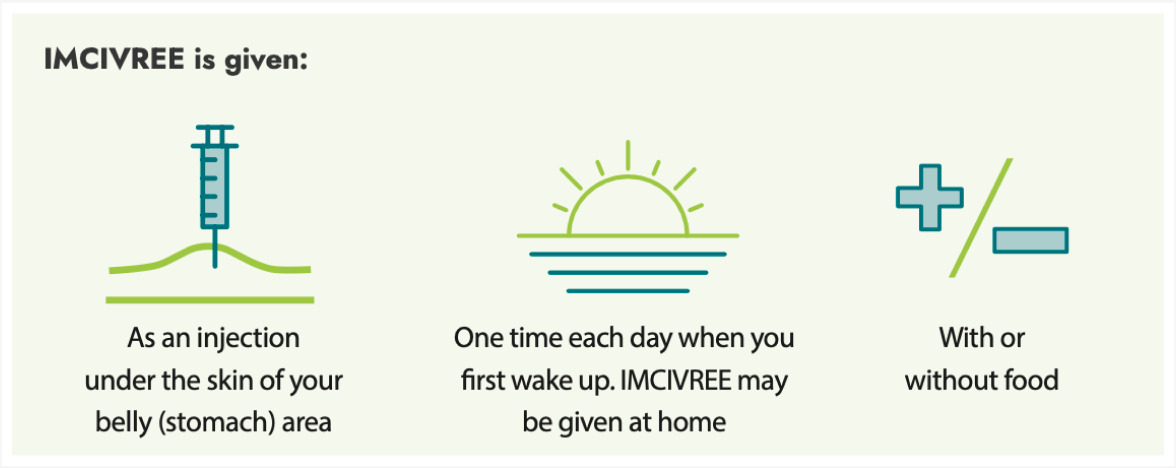
Do not try to inject IMCIVREE at home unless you have been trained by a healthcare professional.
You should use a different injection site each time you give an injection, at least 1 inch away from the area you used for your previous injection, and 2 inches away from your belly button. You may want to use a calendar or diary to record your injection sites.
Please refer to the Patient Medication Information in the Product Monograph for injection instructions.
Because IMCIVREE is injected under the skin, the needle is short and thin:
The IMCIVREE needle is 6 to 13 mm in length.
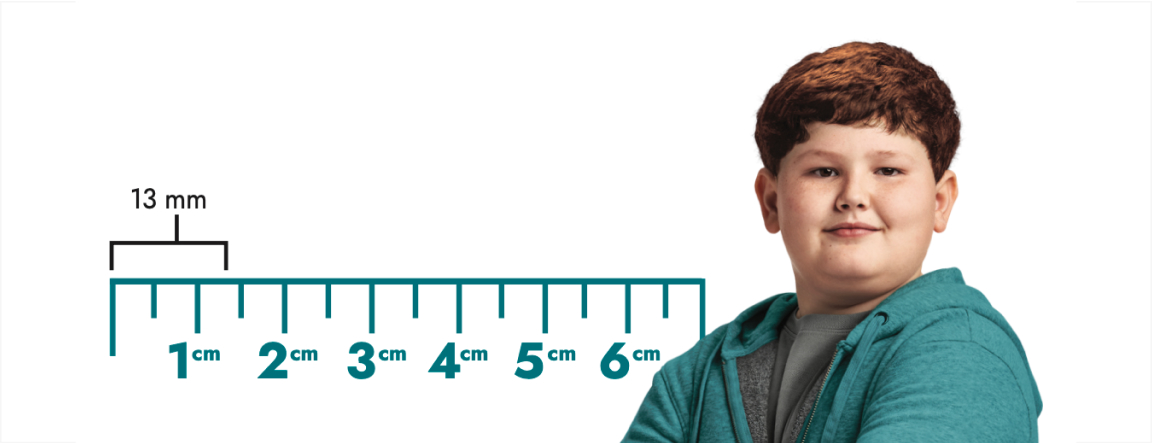
Please refer to the Patient Medication Information in the Product Monograph for injection instructions.
Getting started on IMCIVREE
Learning to inject IMCIVREE
Injection training is offered before you start IMCIVREE. Training can be given by your healthcare professional or coordinated through the Rhythm InTune Patient Support Program.
Starting on IMCIVREE
Rhythm InTune offers a variety of pharmacy services, including home delivery of IMCIVREE through Bayshore Specialty Pharmacy or coordination of your prescription to an available pharmacy of your choice. You should start IMCIVREE at your starting dose as directed by your healthcare professional.
Staying on IMCIVREE
Your healthcare professional will regularly check how well IMCIVREE is working and may adjust your dose if necessary.
Rhythm InTune provides personalized support and educational resources and programs throughout treatment to help you start and stay on IMCIVREE.



